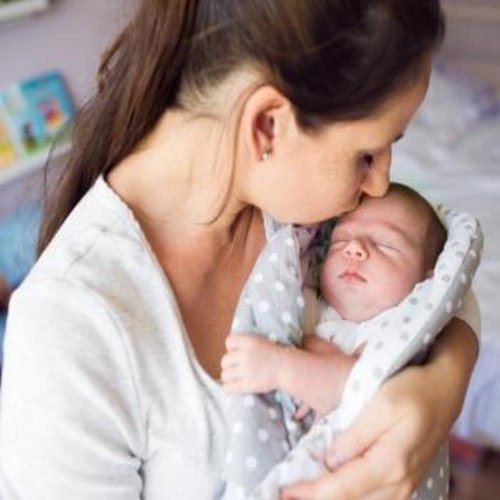

What is Post Natal ?
A postnatal period begins immediately after the birth of a child as the mother’s body, including hormone levels and uterus size, returns to a non-pregnant state. The terms puerperium or puerperal period, or immediate postpartum period are commonly used to refer to the first six weeks following childbirth. .This period marks the establishment of a new phase of family life for women and their partners and the beginning of the lifelong health record for newborn babies.The World Health Organization (WHO) describes the postnatal period as the most critical and yet the most neglected phase in the lives of mothers and babies; most maternal and newborn deaths occur during the postnatal period.
When will the nurse go for postnatal care at home?
The husband or relatives must advise the nurse at the closest clinic inside 24 hours of release from the emergency clinic. The nurse will at that point visit the mother’s home as per the standard timetable of postnatal care visits. For moms with no risk, the postnatal care at home will be performed on days between 1 to 20 days.. While for high-risk moms, postnatal care will be progressively visiting contingent upon the mother’s condition. On day 30, the mother must go to the clinic for a postnatal check-up .
What procedures will the nurse perform during home visits?
During the home visit, the nurse will examine the mother and her newborn baby according to the medical procedures. If the nurse detects any abnormal condition of the mother and baby, they will treat it or otherwise, they will refer the case to the hospital.
Examination of the mother will consist of:-
1.The general perception of the mother, including individual cleanliness
2. Essential signs assessment will include:
The temperature of the body, blood pressure, pulse rate and respiratory pace of the mother.
3. The tallness of the uterus is estimated during each visit to recognize involution of the uterus
4 Breast examination to detect any abnormalities such as swollen, cracked nipples, inverted nipples or less flow of milk
5. Watch mother while breastfeeding the infant and give breastfeeding instruction/directing
6.Examination of the genital/careful injury assuming any
7. Examination of lochia to recognize any irregularity, for example,
.An over the top measure of red-colored blood shows exorbitant bleeding and need for quick referral to an emergency clinics.
.Dark colored blood and scents show disease and ought to be alluded to the facility/emergency clinic.
8.Detect any signs and symptoms of profound vein thrombosis (blood clumps in the veins of the calf) and Pulmonary Thromboembolism blood cloot in the vessels in the lungs, for example, chest pain , trouble breathing.
9.A check of the pee and pass stools.
10.Mother is urged to pass pee inside 6-8 hours after conveyance for their solace and for powerful involution of the uterus.
11.Mother is advice to have pass stools following 24 hours of birth. Treatment ought to be given if the mother doesn’t have a defecation following 48 hours.
Examination of the baby :-
Eye
The temperature of the body
Jaundice
Skin
Urination
